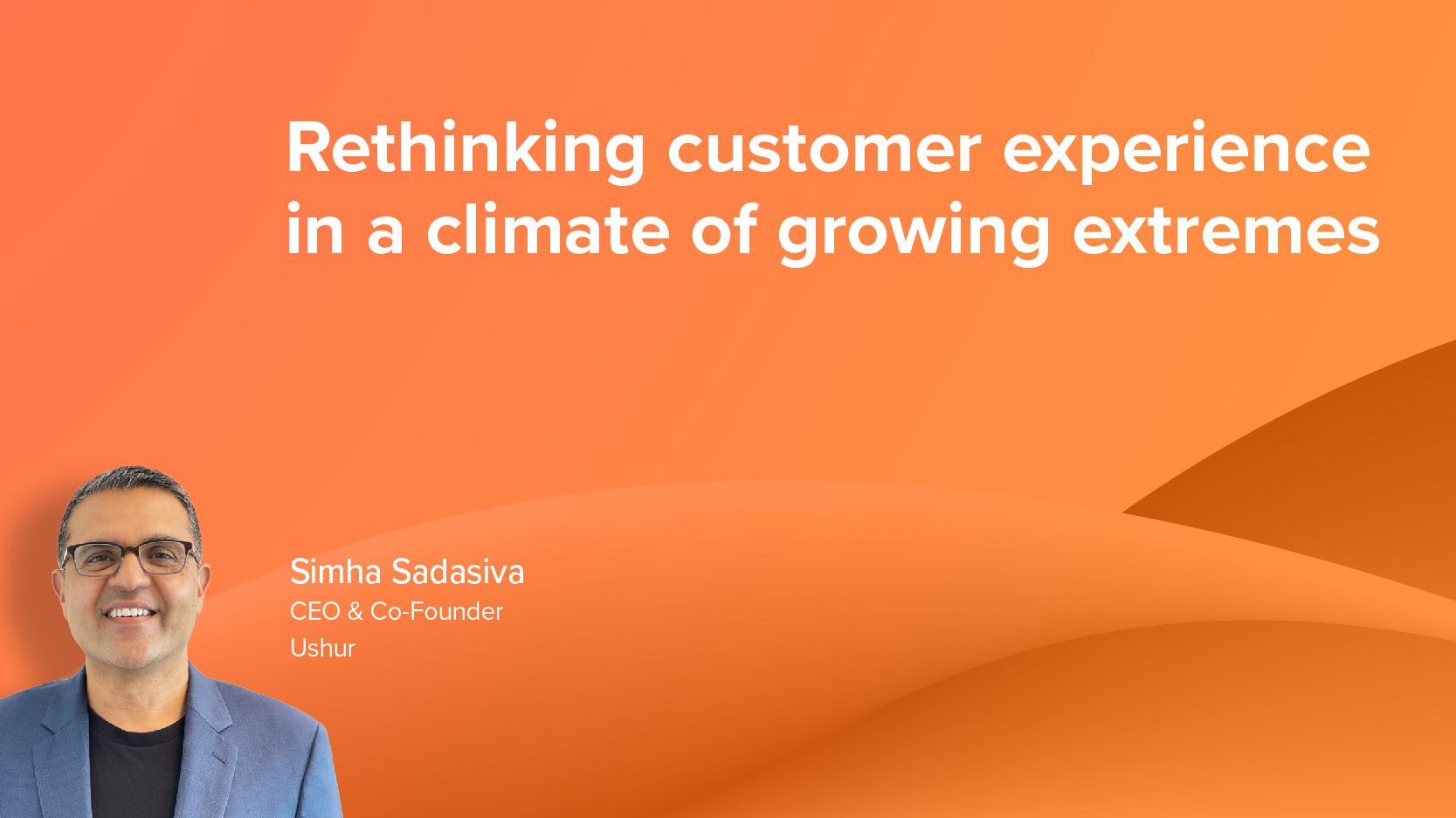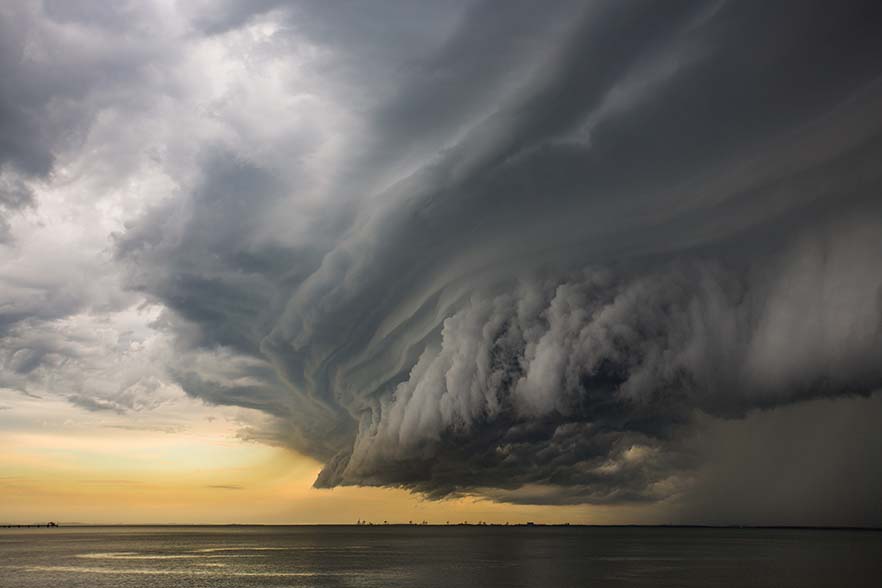Rethinking customer experience in a climate of growing extremes


Get the best, coolest, and latest posts delivered to your inbox.
Though the year has only just started, it has already been a busy one for me personally. A few long international flights to kick off the calendar year provided moments of insight and inspiration, and a lot of time to ponder them. Over the past few years, we’ve experienced an uptick in extreme conditions. We’ve lived through a global pandemic, forest fires, floods, ice storms and the threat of international conflict. And while it would be nice to discount these last few years as a blip on the radar, an outlier before a regression to the mean, the data tells a different story. In many ways, we are adjusting to extremes as a new reality.

When Mother Nature is responsible, we often refer to these extremes as “100 year events.” But how many of those 100 year events have happened within months of each other? It has become a misnomer. The fact is that much of the world’s population has been impacted by these growing extremes, and that impact will continue to grow. The businesses and industries that support us in these times of need have to rethink the way they are built, and the way they engage, to account for a “new normal” that is increasingly abnormal.
Last week, I was in Australia speaking with customers. We talked at length about the catastrophic fires that tore through the country two years ago, followed by immense flooding the year after. For the segments that we serve, like insurance companies, these 100 year events have become increasingly disruptive to their businesses. It’s changing the rules of how policies are underwritten, and impacting the most fundamental aspects of what they do. People aren’t going to stop buying insurance, and the companies that provide the policies have obligations to fulfill when disaster strikes. As the underwriting of policies becomes more expensive, insurance companies will need to find other ways to drive down costs without negatively impacting their customers. It’s a daunting task, to say the least.





This is a clear cut opportunity for Ushur to help the human beings on both sides of the equation. For customers, the claims process is full of friction. That friction is compounded by high-anxiety, high-stress events like the loss of a home or car. Some people may have lost loved ones. This is not a time that people want to jump through hoops, or run into roadblocks. The situation is stressful enough, the operational aspects of an emotional situation should run smoothly. They should be built with empathy as a core component.
For the companies that serve these customers, there is a chance to not only create tremendous value for customers but to reduce the cost of engagement as well. At Ushur, our mission is to enable these companies with a frictionless experience that they can deliver on their own. It takes an enormous amount of time, energy and resources to build the right kind of digital experiences for this customer base, and we’ve spent the last seven years assembling a team that is focused exclusively on delivering those experiences.
Another key vertical we serve is healthcare. For many of the same reasons, it’s an industry experiencing many of the same dilemmas. The experience of receiving healthcare in the United States is so incredibly full of friction that it risks being upended entirely. A few weeks ago I was scrolling through Twitter and noticed that a respected journalist I follow was in an online battle with a major insurance provider that was failing to even respond to her calls. This particular reporter has been in multiple war zones, has won four Emmys and has nearly half a million followers. The world is evolving so quickly that moments like these can irrecoverably impact a brand.





I see this as an existential crisis that healthcare companies must solve for. The instant experiences we’ve become accustomed to as consumers will continue to drive expectations of near real-time feedback. That appetite will only increase. The more friction-full and difficult it is to get something done, the more change we will see in the industry eventually. Whether that’s voluntary change by the incumbents or an outside disruption remains to be seen. Many are still running on a false notion that their incumbency is undisputed, but in my lifetime I have seen many established giants upended by innovation overnight. Our kids won’t remember Blockbuster, or Circuit City, or Border’s Books — businesses that not long ago occupied massive storefronts in just about every city.
As I left Sydney, I noticed another relic from the recent past — an old payphone from Telstra. To my surprise, it was still functional. Above it, a sign read “Free Phone Calls.” Free phone calls, from a payphone. It struck me both as ironic, and foreboding. Disruption happens quickly, but never without warning. For all the would-be entrepreneurs, it is finding these signals and amplifying them that creates magic for startups.